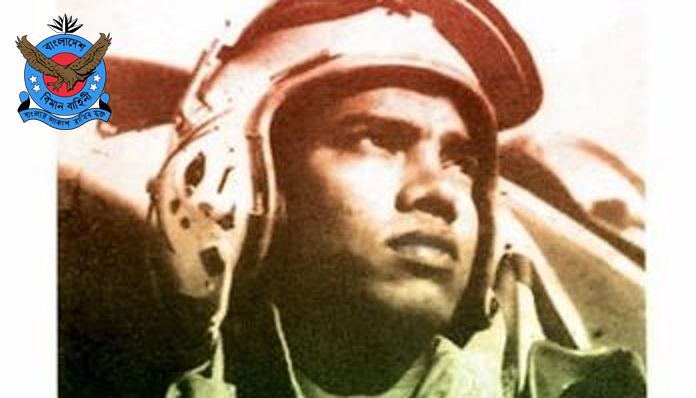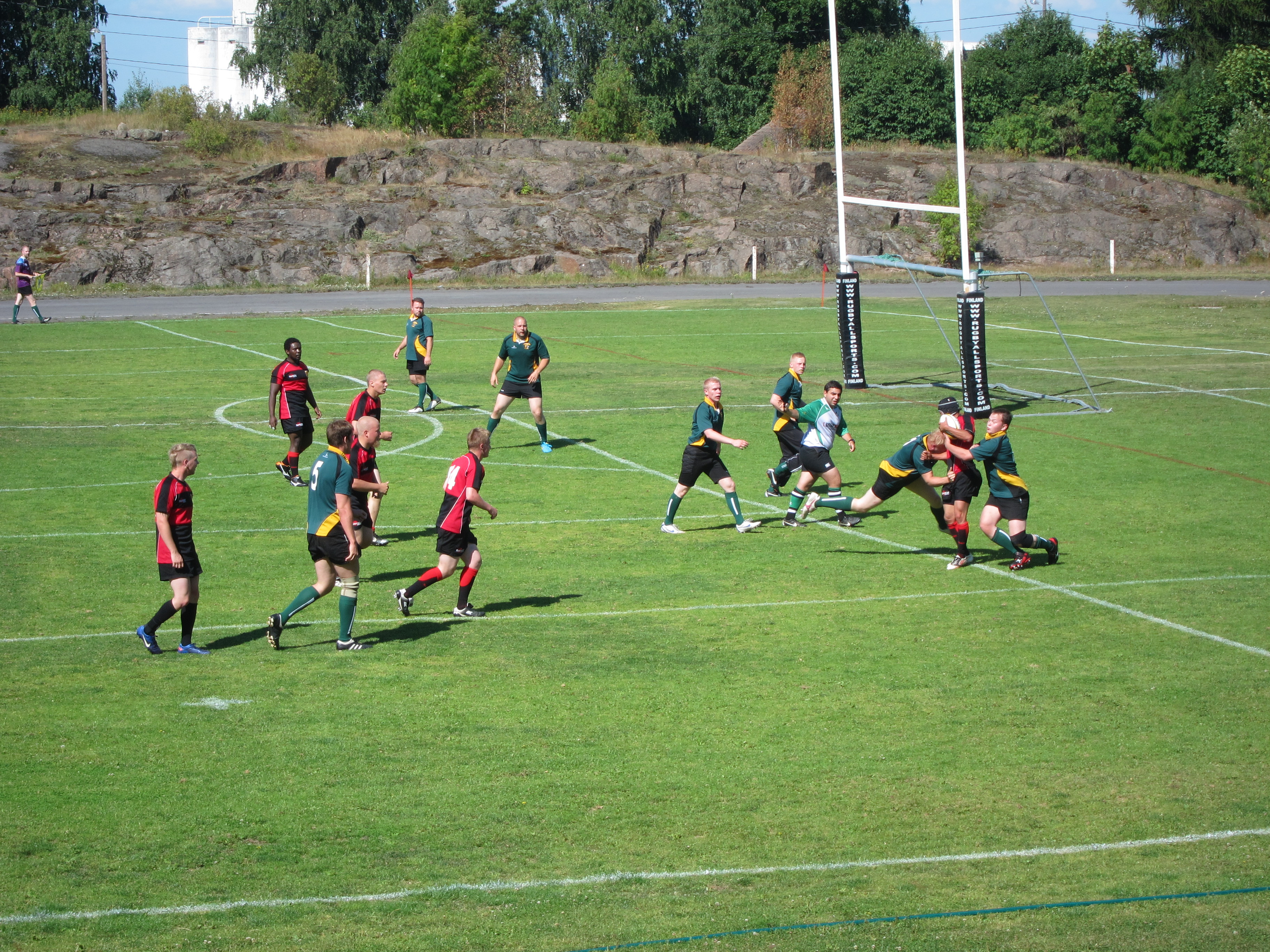|
Ian Cross (RAF Officer)
Ian Kingston Pembroke Cross (4 April 1918 – 31 March 1944), was a British Royal Air Force officer and bomber pilot who was taken prisoner during the Second World War. Notable for his part in the 'Great Escape' from Stalag Luft III in March 1944 when he was one of the men recaptured and subsequently murdered by the ''Gestapo''. Pre-War Ian Cross was born in Cosham, Hampshire the son of Jeannie and Pembroke Cross a successful chartered surveyor, estate agent and valuer. His older brother Kenneth later became Air Chief Marshal Sir Kenneth Cross, AOC-in-C Bomber and Transport Command RAF. Ian Cross was a frail child and had a home tutor due to his early poor health. In 1918 the family moved to Hayling Island and there his health began to improve rapidly. He was educated at Churchers School, Petersfield until 1936 where he was recognized as a track athlete and Rugby football player and as a member of the school Officer Training Corps. Ian Cross left school and followed his older bro ... [...More Info...] [...Related Items...] OR: [Wikipedia] [Google] [Baidu] |
Poland
Poland, officially the Republic of Poland, is a country in Central Europe. It is divided into 16 administrative provinces called voivodeships, covering an area of . Poland has a population of over 38 million and is the fifth-most populous member state of the European Union. Warsaw is the nation's capital and largest metropolis. Other major cities include Kraków, Wrocław, Łódź, Poznań, Gdańsk, and Szczecin. Poland has a temperate transitional climate and its territory traverses the Central European Plain, extending from Baltic Sea in the north to Sudeten and Carpathian Mountains in the south. The longest Polish river is the Vistula, and Poland's highest point is Mount Rysy, situated in the Tatra mountain range of the Carpathians. The country is bordered by Lithuania and Russia to the northeast, Belarus and Ukraine to the east, Slovakia and the Czech Republic to the south, and Germany to the west. It also shares maritime boundaries with Denmark and Sweden. ... [...More Info...] [...Related Items...] OR: [Wikipedia] [Google] [Baidu] |
Petersfield
Petersfield is a market town and civil parish in the East Hampshire district of Hampshire, England. It is north of Portsmouth. The town has its own railway station on the Portsmouth Direct line, the mainline rail link connecting Portsmouth and London. Situated below the northern slopes of the South Downs, Petersfield lies wholly within the South Downs National Park. The town is on the crossroads of well-used north–south (formerly the A3 road which now bypasses the town) and east–west routes (today the A272 road) and it grew as a coach stop on the Portsmouth to London route. Petersfield is twinned with Barentin in France, and Warendorf in Germany. History Petersfield Heath's burial mounds may be up to 4,000 years old; their distribution is mainly to the east and south east of the Heath. These are considered to be one of the more important lowland barrow groups in this country. The barrows indicate that the area of the Heath was occupied by people who may have come to reg ... [...More Info...] [...Related Items...] OR: [Wikipedia] [Google] [Baidu] |
Squadron Leader
Squadron leader (Sqn Ldr in the RAF ; SQNLDR in the RAAF and RNZAF; formerly sometimes S/L in all services) is a commissioned rank in the Royal Air Force and the air forces of many countries which have historical British influence. It is also sometimes used as the English translation of an equivalent rank in countries which have a non-English air force-specific rank structure. An air force squadron leader ranks above flight lieutenant and immediately below wing commander and it is the most junior of the senior officer ranks. The air force rank of squadron leader has a NATO ranking code of OF-3, equivalent to a lieutenant-commander in the Royal Navy or a major in the British Army or the Royal Marines. The equivalent rank in the Women's Auxiliary Air Force, Women's Royal Air Force (until 1968) and Princess Mary's Royal Air Force Nursing Service (until 1980) was "squadron officer". Squadron leader has also been used as a cavalry command appointment (UK) and rank (France) since ... [...More Info...] [...Related Items...] OR: [Wikipedia] [Google] [Baidu] |
RAF Bassingbourn
Royal Air Force Bassingbourn or more simply RAF Bassingbourn is a former Royal Air Force Royal Air Force station, station located in Cambridgeshire approximately north of Royston, Hertfordshire, Royston, Hertfordshire and south west of Cambridge, Cambridgeshire, England. During the Second World War it served first as an RAF station and then as a bomber airfield of the Eighth Air Force, of the United States Army Air Forces (USAAF). It remains the home of the Tower Museum Bassingbourn. Origin and development Construction RAF Bassingbourn was constructed by John Laing Group, John Laing & Son between 1937 and 1939 in the parishes of Wendy, Cambridgeshire, Wendy and Bassingbourn (village), Bassingbourn immediately to the west of the A14 road (Great Britain), A14 (now the A1198 road, A1198) road. The site selected was low ground between several tributaries of the River Cam. The area had been long cleared of forest and tended to be swampy and unstable, and because the boggy ground ... [...More Info...] [...Related Items...] OR: [Wikipedia] [Google] [Baidu] |
Flight Lieutenant
Flight lieutenant is a junior commissioned rank in air forces that use the Royal Air Force (RAF) system of ranks, especially in Commonwealth countries. It has a NATO rank code of OF-2. Flight lieutenant is abbreviated as Flt Lt in the Indian Air Force (IAF) and RAF, and as FLTLT in the Pakistan Air Force (PAF), Royal Australian Air Force (RAAF) and Royal New Zealand Air Force (RNZAF) and has sometimes also been abbreviated as F/L in many services; it has never been correctly abbreviated as "lieutenant". A flight lieutenant ranks above flying officer and below a squadron leader and is sometimes used as an English language translation of a similar rank in non-English-speaking countries. The rank originated in the Royal Naval Air Service (RNAS) in 1914. It fell into abeyance when the RNAS merged with the Royal Flying Corps during the First World War but was revived in 1919 in the post-war RAF. An RAF flight lieutenant is the equivalent of a lieutenant in th ... [...More Info...] [...Related Items...] OR: [Wikipedia] [Google] [Baidu] |
Heligoland
Heligoland (; german: Helgoland, ; Heligolandic Frisian: , , Mooring Frisian: , da, Helgoland) is a small archipelago in the North Sea. A part of the German state of Schleswig-Holstein since 1890, the islands were historically possessions of Denmark, then became the possessions of the United Kingdom from 1807 to 1890, and briefly managed as a war prize from 1945 to 1952. The islands are located in the Heligoland Bight (part of the German Bight) in the southeastern corner of the North Sea and had a population of 1,127 at the end of 2016. They are the only German islands not in the vicinity of the mainland. They lie approximately by sea from Cuxhaven at the mouth of the River Elbe. During a visit to the islands, August Heinrich Hoffmann von Fallersleben wrote the lyrics to "", which became the national anthem of Germany. In addition to German, the local population, who are ethnic Frisians, speak the Heligolandic dialect of the North Frisian language called . Name Th ... [...More Info...] [...Related Items...] OR: [Wikipedia] [Google] [Baidu] |
Rugby Football
Rugby football is the collective name for the team sports of rugby union and rugby league. Canadian football and, to a lesser extent, American football were once considered forms of rugby football, but are seldom now referred to as such. The governing body of Canadian football, Football Canada, was known as the Canadian Rugby Union as late as 1967, more than fifty years after the sport parted ways with rugby rules. Rugby football started about 1845 at Rugby School in Rugby, Warwickshire, England, although forms of football in which the ball was carried and tossed date to the Middle Ages (see medieval football). Rugby football spread to other Public school (United Kingdom), English public schools in the 19th century and across the British Empire as former pupils continued to play it. Rugby football split into two codes in 1895, when twenty-one clubs from the North of England left the Rugby Football Union to form the Rugby Football League, Northern Rugby Football Union (renamed ... [...More Info...] [...Related Items...] OR: [Wikipedia] [Google] [Baidu] |
Vickers Wellington
The Vickers Wellington was a British twin-engined, long-range medium bomber. It was designed during the mid-1930s at Brooklands in Weybridge, Surrey. Led by Vickers-Armstrongs' chief designer Rex Pierson; a key feature of the aircraft is its geodetic airframe fuselage structure, which was principally designed by Barnes Wallis. Development had been started in response to Air Ministry Specification B.9/32, issued in the middle of 1932, for a bomber for the Royal Air Force. This specification called for a twin-engined day bomber capable of delivering higher performance than any previous design. Other aircraft developed to the same specification include the Armstrong Whitworth Whitley and the Handley Page Hampden. During the development process, performance requirements such as for the tare weight changed substantially, and the engine used was not the one originally intended. The Wellington was used as a night bomber in the early years of the Second World War, performing as one o ... [...More Info...] [...Related Items...] OR: [Wikipedia] [Google] [Baidu] |
Fairey Hendon
The Fairey Hendon was a British monoplane, heavy bomber of the Royal Air Force, designed by Fairey Aviation in the late 1920s. The aircraft served in small numbers with one squadron of the RAF between 1936 and 1939. It was the first all-metal low-wing monoplane to enter service with the RAF.Taylor 1974, p. 208. Development The Hendon was built to meet the Air Ministry Specification B.19/27 for a twin-engine night bomber to replace the Vickers Virginia, competing against the Handley Page Heyford and Vickers Type 150. The specification required a range of at a speed of , with a bomb load of .Taylor 1974, p. 209. To meet this requirement, Fairey designed a low-winged cantilever monoplane with a fixed tailwheel undercarriage. The fuselage had a steel tube structure with fabric covering with a pilot, a radio operator/navigator and three gunners, in open nose, dorsal and tail positions. Bombs were carried in a bomb bay in the fuselage centre. Variants powered by either radial engi ... [...More Info...] [...Related Items...] OR: [Wikipedia] [Google] [Baidu] |
RAF Marham
RAF Marham is a Royal Air Force station and military airbase near the village of Marham in the English county of Norfolk, East Anglia. It is home to No. 138 Expeditionary Air Wing (138 EAW) and, as such, is one of the RAF's "Main Operating Bases" (MOB). Since 6 June 2018, it has been home to the fifth generation Lockheed Martin F-35B Lightning operated by No. 617 (The Dambusters) Squadron. No. 207 Squadron, becoming the second Lightning squadron to be based at RAF Marham when it reformed on 1 August 2019 as the F-35 Operational Conversion Unit. History Beginnings (1916–1919) Opened in August 1916 close to the former Royal Naval Air Station Narborough, later RAF Narborough, the Marham base was originally a military night landing ground on an site within the boundary of the present day RAF Marham. In 1916, the aerodrome was handed over to the Royal Flying Corps (RFC). Throughout the First World War, Marham's role was focused on defending Norfolk from Zeppelin raids. ... [...More Info...] [...Related Items...] OR: [Wikipedia] [Google] [Baidu] |







